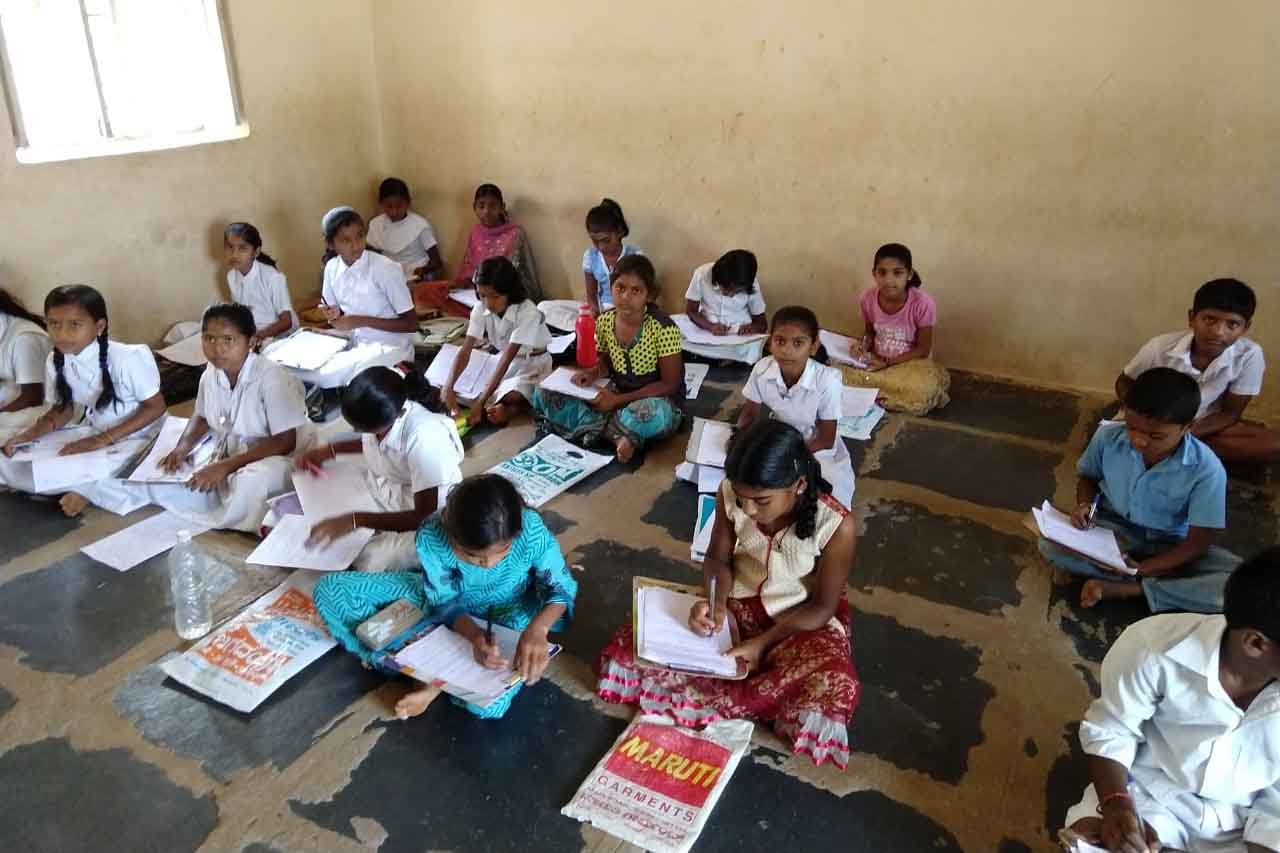Clean solar energy for three Indian states
Indian's energy supply is dominated by thermal/fossil fuel based power plants which lead to high CO2 emissions. Furthermore, the demand for energy is higher than the ammount of energy that India can currently supply.
To address these issues, our carbon offset project uses solar power to produce renewable energy. It involves the installation of solar PV moduls in the three Indian states Karnataka, Uttar Pradesh and Maharashtra and has a capacity of 225 megawatt.
The project saves about 329,720 tonnes of CO2 per year by displacing electricity that would have otherwise been produced by thermal/fossil fuel based power plants. The project activities also have a positive impact on the local economy as the solar power plant not only creates jobs for the construction and the operation of the plant but also enables businesses to be set up due to the better availability of electricity in the area.

Although the development of renewable energy sources is increasing, energy from fossil fuels is still a significant part of energy production worldwide. This is associated with the release of large amounts of carbon emissions. The use of solar energy is a good way to provide people around the world with renewable energy and reduce greenhouse gas emissions. Solar installations, implemented through solar projects, convert sunlight into electricity (photovoltaic) or heat (solar thermal). Even when the sky is cloudy, the solar thermal power plants generate heat and convert it into electricity. Photovoltaic projects use the photoelectric effect to convert sunlight into electricity.
The energy produced is typically fed into the national or regional power grid, reducing the share of fossil fuels in the electricity mix. In addition to reducing carbon emissions, solar projects also prevent the release of various pollutants associated with conventional power generation. Solar energy projects in the ClimatePartner portfolio are registered with international standards.
Explore our projects
Biochar for Climate Action, Healthy Soils, and Better Harvests

A certified climate project combined with additional commitment

Expansion of renewable energy generation in Asia

Ceramic water filters save CO2 and improve health

Improved cookstoves worldwide – for better health and cleaner air

A certified climate project combined with additional commitment

Powering access to renewable energy in Africa

A certified climate project combined with additional commitment

Restored ecosystems remove carbon

Turning degraded farmlands into healthy ecosystems

Improved cookstoves - better for health and the environment




